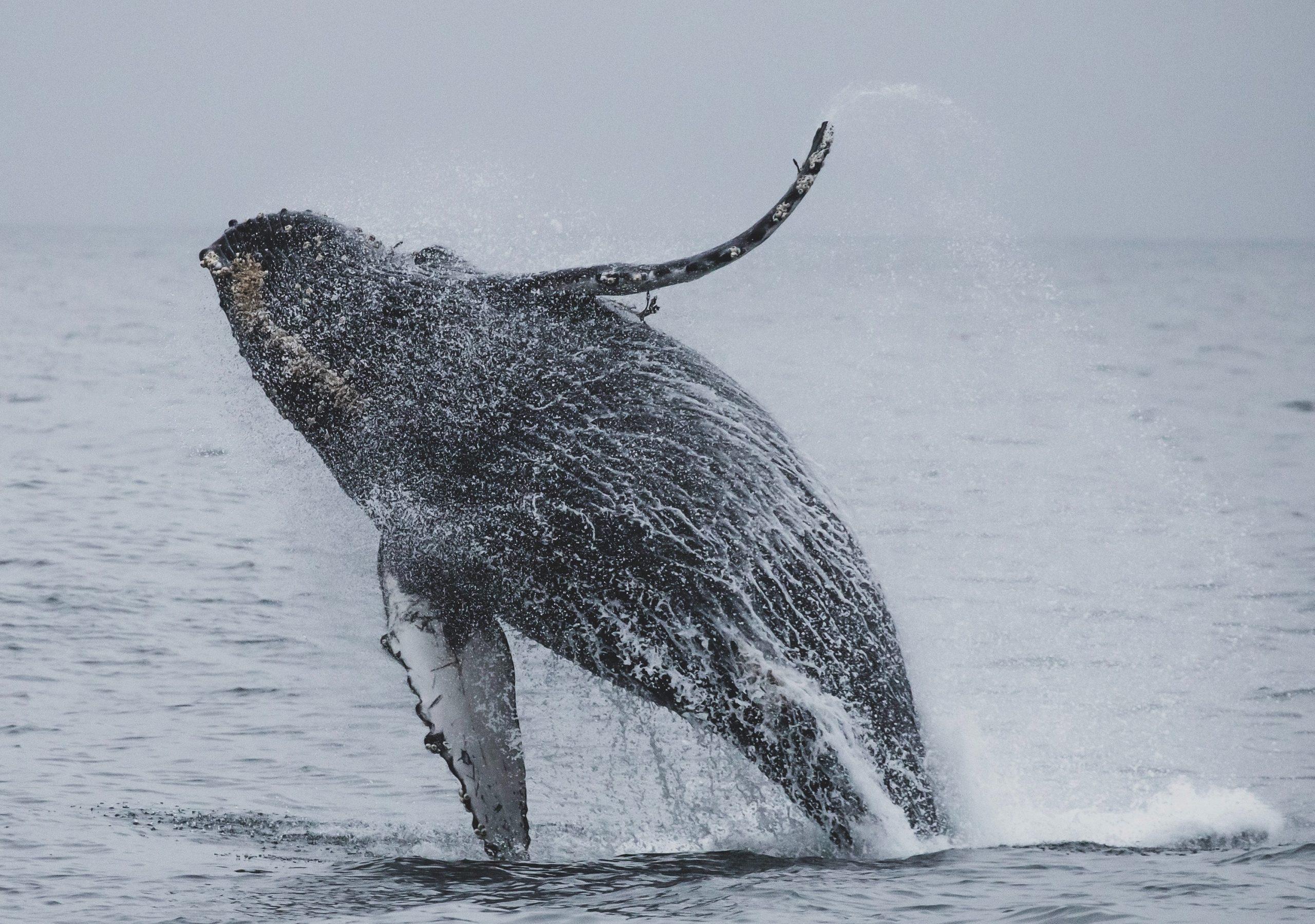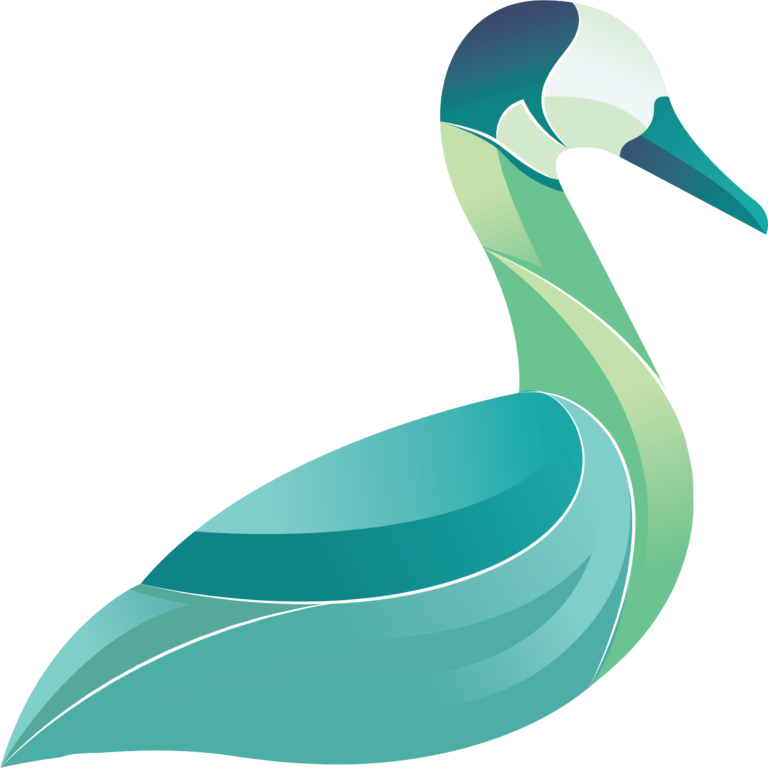Whales are large marine mammals classified as cetaceans. Madagascar is home to two types of whale, the humpback whale and the whale shark, which put on a majestic show for a long time every year. For fans of the sea and marine animals, but also for people who like to explore new sensations, the coasts of Madagascar are ideal for observing marine animals, especially whales, for an entire season. They migrate by the hundreds during the southern winter months off the Malagasy coast, and when they arrive in the south of Madagascar, they divide up and some head for the island of Sainte-Marie to stay on in the bay of Antongile.
Humpback whale: The gradual arrival of humpback whales along Madagascar’s coastline.
The Sainte-Marie region is Madagascar’s third most popular tourist destination, given the humpback whale migration, which attracts over 5,000 tourists a year during the southern winter months – around 50% of annual tourism. The humpback whale measures 14 to 17 m in length and weighs close to 30,000 tonnes when fully grown. Humpback whales live for around thirty years, and their females can give birth to more than fifteen calves. They are distinguished by their long pectoral fins and a small dorsal fin in the second third of their body. It can be identified by its typically shaped fins, its all-black upper side, but sometimes with a few white or gray traces or scars. Its belly, on the other hand, is whitish. Its head and lower jaw are covered with small bumps called tubercles. Shallow, warm, protected waters are their preferred habitat.
From June onwards, humpback whales leave the cold waters of Antarctica, more than 8,000 km from Madagascar, for the warm waters of the tropics, where they reproduce and calve on the coast of Madagascar. The females return to these same areas each year to mate, and it’s likely that you’ll witness them giving birth as well as the calf imitating its mother, a way of helping it take the first step. This makes Madagascar a breeding ground. They can also be seen in Antongil Bay, Nosy Be and south of Tuléar from mid-June to September, since in October, after a few months’ gestation, they head south with their newborn calves.
Whale sharks: the world’s largest fish.
The whale shark is a gigantic creature, with a gray back and white belly. They have vertical stripes on their backs and sides. They have no spines, but are simply covered with white dots. It can be recognized by its flat head and large mouth, which can measure up to 2 m in length. The life expectancy of this marine animal could exceed 100 years. Between September and December, whale sharks travel to the tropical and temperate to warm waters of the Indian Ocean, specifically Nosy Be Madagascar, to feed.
Here you can observe those measuring between 4 and 10 m in length, mainly juveniles as they rarely exceed 12 m. As the world’s largest fish, they can weigh up to 34,000 tonnes when 15 m long. You can observe them from a boat for quite a while, but the most interesting thing is to dive and swim with them in the ocean. They’re totally harmless, so swimmers can easily observe them; they’re more of a filter-feeder shark. All you need is a fin, mask or even a snorkel, and all that’s left to do is glide through the water. Despite their size and length, they only feed on zooplankton, microscopic organisms such as tuna eggs or crab larvae.
CétaMada: Non-profit association.
You can also take the chance to observe whales with guides perfectly trained by CétaMada, a Madagascan association whose aim is to preserve marine mammal populations and their habitat through responsible, sustainable ecotourism.






